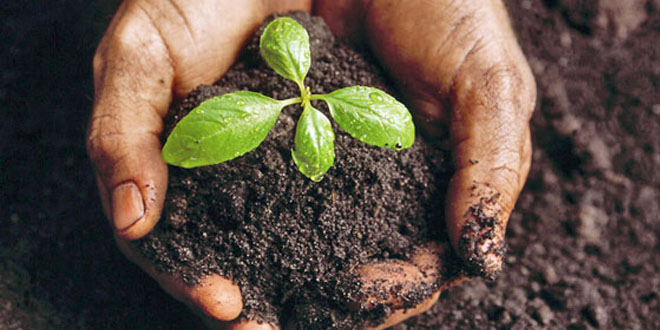In my last article, I shared my views on the relationship between national and food security and how much the former can impact the achievement of the latter. It is established that the achievement of food and nutrition security in addition to other factors is highly dependent on the strength of a nation’s security. Threats to national security can lead to loss of life, destruction of farmlands, and migration of the food production workforce as earlier stated. It can also stall infrastructural development, market access, and other variables involved in the food supply chain. Therefore, it can be concluded that insecurity threatens the production, demand, and supply of food.
Insecurity depletes the quantity and quality of food produced as the process of adopting improved practices are affected. Many rural farming communities in Nigeria with the potential to produce large quantities of agricultural commodities are cut-off from activities of researchers and extension agents, consequent upon security challenges inherent in these locations. For example, research extension activities have slowed down in some farming communities in Kaduna State, mainly because of incessant community clashes. These communities are not readily accessed in disseminating information on available markets/off-takers, improved farming practices, and technologies, as well as new and improved plant varieties required for improved productivity. Farmers in these communities sometimes also lack access to agro-inputs and agricultural support initiatives from government, private and international donor agencies.
While we often complain of the government’s ineptitude towards recurring issues such as finance, research, information dissemination, infrastructural development and near-extinction of the region’s farming population who are predominantly aged people, there is a need to urgently address emerging threats to the security of existing resources to ensure optimum production in the midst of increasing population and urbanization.
In synergizing food and national security for sustained livelihoods, the following are a few recommendations on sustainable approaches for improvement:
It is important to clearly identify and understand the root causes of these conflicts/insurgencies for the implementation of more effective conflict resolution initiatives;
There is a need to ensure that conflicts are resolved through an all-inclusive and participatory approach - elimination of a biased approach to conflict resolution;
The government needs to “genuinely” commit time, personnel, and other resources to combat security challenges. When resources are deployed, activities should be monitored regularly for sustained change;
Government and Stakeholders should collaboratively create an enabling environment for youth participation in agriculture through the creation of more employment opportunities in the sector as well as the implementation of education and entrepreneurship initiatives.
Ensure that displaced persons are settled back in their original homes after having created a secure and peaceful environment;
Build resilience by helping communities prevent, anticipate, prepare for, cope with, and recover from conflicts through economic empowerment
Investment in food security through infrastructural development.
In conclusion, an approach to synergizing national security and food security should be multifaceted to ensure sustainability. This way livelihoods, resources, and economies are harnessed to ensure that the process of producing and supplying food is safe for all and that all persons have access to sufficient, readily available, quality food by the year 2030.
The Author
Ogbole Esther







